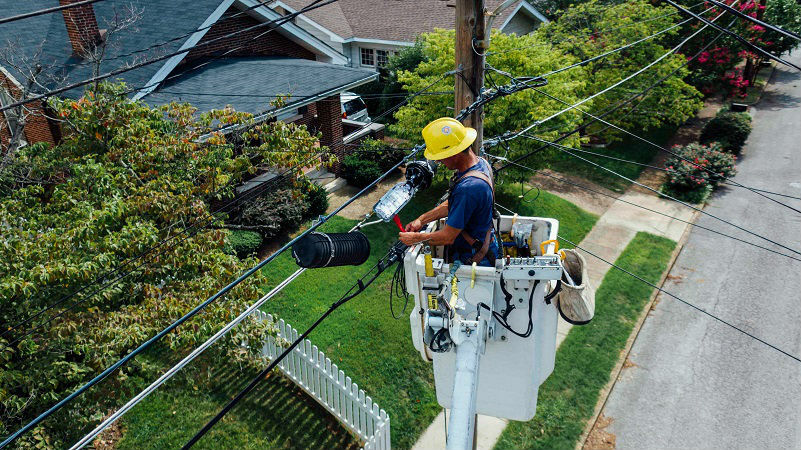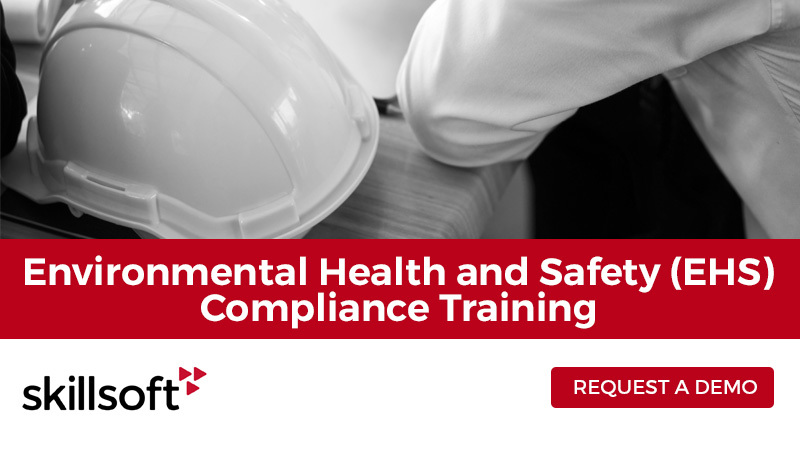What is a Skills Gap? (And Why It Matters)


Under UK law, employers are responsible for ensuring the safety and health of their employees, and this includes electrical safety. Each year, accidents occur involving electric shock or burns, while contact with overhead power lines are the cause for most fatal accidents.
The Health and Safety Executive (HSE) is a wealth of advice and useful resources. Here’s an example of what you can find:
According to the HSE, the main hazards of working with electricity are:
Electric shocks can also lead to other types of injury, for example by causing a fall from ladders or scaffolds
Conduct risk assessments
Ensure an assessment has been made of any electrical hazards, which covers:
The risk assessment should take into consideration the type of electrical equipment used, how it is used, and the environment that it is used in.
You must make sure that the electrical installation and the electrical equipment is:
In wet surroundings, unsuitable equipment can become live and make its surroundings live too. Fuses, circuit-breakers, and other devices must be correctly rated for the circuit they protect. Keep isolators and fuse-box cases closed and, if possible, locked.
Cables, plugs, sockets, and fittings must be robust enough and adequately protected for the working environment. Ensure that machinery has an accessible switch or isolator to cut off the power quickly in an emergency.
HSE Nine critical points for employers to remember
The law sets a minimum standard for companies to meet when it comes to ensuring the health and safety of employees, but any employer that takes this duty seriously should be going above-and-beyond the legislation. Whether it’s electrical safety-related work practices, maintenance requirements or administrative controls, organisations should be doing everything practically possible – and not just reasonable – to safeguard their employees. Central to this is ensuring employees at all levels of the organisation, across any location, are trained and prepared to meet the risks relevant to their work environment. With comprehensive training, employers can protect employees against both common and role-specific workplace hazards by improving their awareness of potential risks and testing the application of knowledge around the critical hazards and risks that could threaten their health and safety.
If you have not already done so, please take the time to visit the HSE’s website. It is a wealth of advice and useful resources.
I also suggest reading:
Electricity at work: Safe working practices HSG85 (Second edition) HSE Books 2003 ISBN 978 0 7176 2164 4 www.hse.gov.uk/pubns/books/hsg85.htm
Memorandum of guidance on the Electricity at Work Regulations 1989. Guidance on Regulations HSR25 (Second edition) HSE Books 2007 ISBN 978 0 7176 6228 9 www.hse.gov.uk/pubns/books/hsr25.htm
Skillsoft’s Environmental, Health & Safety (EHS) Compliance Training offers the training your organization needs to ensure your employees recognize electrical hazards and work safely.

Andy Nickolls is the Director of Compliance Solutions at Skillsoft EMEA.
We will email when we make a new post in your interest area.

